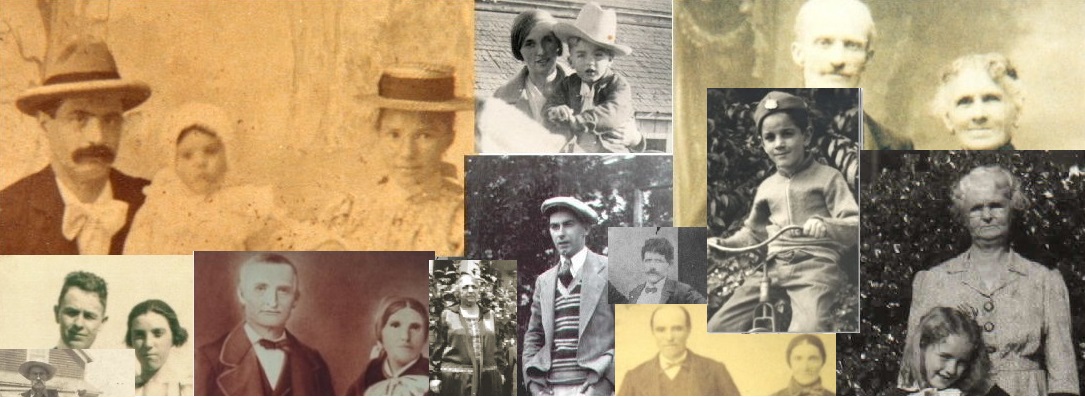Not many people know that the Kilauea Sugar Plantation was one of the first to begin using trains to move their sugar cane around. So, when Bev, my cousin’s wife, sent me a copy of the train photo with these Pacheco brothers in it, I was so excited. Surely, they had been a part of Kilauea’s history! Or, at least, the train was? Right?
What I Knew About the Photo
Relatives first spotted the photograph on the wall in a historic exhibit in Hawaii in the 1980s. There were two photographs in the exhibit, but I’ve only seen one. Each photo has my Pacheco relatives in front of a train named Kilauea.
These are the people in the picture: left to right are Joao Pacheco, Joao “John Cosma” Jacinto da Camara, and Manoel Pacheco. Joao and Manoel were brothers. John Cosma was their brother-in-law. All of them employees of the Kilauea Sugar Plantation on Kauai.
This is the photograph…

So, naturally, I would assume this train with Kilauea written on it’s side was taken there.
What’s that about the word assume?
I tried for years, I really did, to find the story behind the train, but came up empty. I contacted website owners who had the photo on their sites and historical societies who were knowledgeable about Kauai, Hawaii, and the plantation trains. No one knew the backstory.
Earlier this year, I delved into it again. I found a couple of newspaper articles about the early trains of the Kilauea Sugar Plantation. Two originated in the era my Pachecos were there. And, neither of them looked like this train.
Finding The Right Expert
I belong to the Kauai History Group on Facebook, so I decided to post the photo there. Maybe someone would recognize it.
I now know more about my photo, but I’m more confused than ever. This is what a historian named Buddy told me.
This train named Kilauea belonged to the Hutchinson Sugar Company. The photo was taken near Honuapo Bay. Honuapo Bay isn’t on Kauai at all. It’s on the island of Hawaii.
Well, that complicates things. I learned the what, but I don’t know the why.
Why Were They There?
These guys, my guys, never worked for another plantation except for the Kilauea Sugar Plantation. They arrived as children and young men in 1882. They worked there, they married there, they had kids there. Some died there.
They worked 6 days a week, 10 hours a day. They didn’t take vacations.
Joao Pacheco died there in 1906. And, soon after John Cosma and Manoel Pacheco left for California.
So, why were these four guys (counting the brother, Antonio Pacheco, who is in the other photo) so far away from home and standing in front of this train on this day to take this photo?
These photos have been a part of historical displays in the islands for decades. And, there’s my Pacheco kin just hanging out on the wall in these exhibits representing the locomotive history of Hawaii.
But, why were they there?
Would you like to learn more about this topic?
This is a brief history of the Kilauea Sugar Plantation Railway.
Some more about plantation trains at the Grove Farm Museum.
——————————————————————————————————————-
This article was written for the 52 Ancestors in 52 Weeks prompt, Week 2: Favorite Photo.







